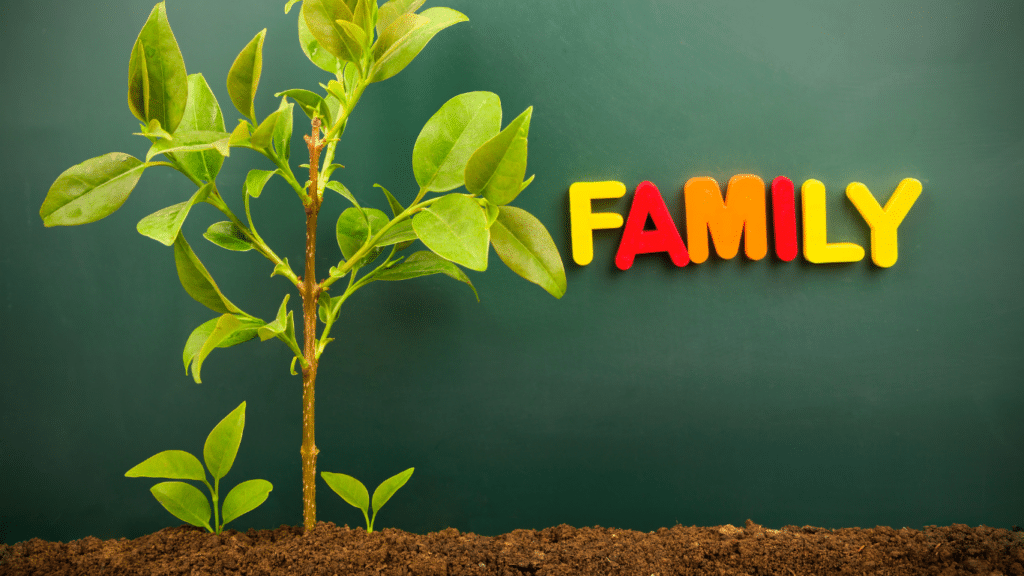At some point, almost every child will have to tackle a family tree school project. Classic family tree assignments assume every kid comes from an intact biological family with one mom and one dad, which can leave adopted kids feeling confused, left out, and sad. These alternative family trees welcome kids from all families to celebrate their uniqueness.
Download overview
Download templates (in colour)
Download templates (black & white)
The Roots & Branches Family Tree
The Roots & Branches Family Tree is a great way to accommodate a child’s biological and adoptive families. The child’s name is written in the space in trunk, or heart, of the tree. The roots represent the biological family, the trunk represents the child, and the branches represent the adoptive family. This format could easily be adjusted so that the branches include foster family, stepfamily, or any other type of family.
The Family Wheel

The Family Wheel is a simple and inclusive alternative option. This diagram lets children draw as many slices of pie as they need to fit their family. The child’s name goes in the center of the wheel and the middle and outer rings of the wheel represent birth, adoptive, foster and/or step-family relationships.
The Family Forest
In the Family Forest, the child’s tree is the largest; other trees of various sizes are assigned to family members. This option allows for a lot of creativity! The child can assign their birth family to a specific type or size of tree, and their adoptive family to a different type or size. The level of creativity is up to you!
The Family Pyramid
The Family Pyramid is a simple and adaptable alternative for adopted children. The number of levels in the pyramid is completely up to the child and their family structure. The child’s name is placed on the bottom level and the family members are placed in the ones above. The pyramid can be divided in half to accomdate birth family.
The Name Tree

A Name Tree is a great option for a child who wants to be more private about their adoption or the specifics of their family. The child’s name is written at the bottom of the page, and the names of family members are written in the shape of the tree. The child can place anyone they want wherever they want, and they don’t need to include titles like aunt, mother, or sister—they can just use peoples’ names or nicknames. These trees can be especially beautiful pieces of art!
Has your child made an adoption-friendly family tree? We’d love to see it! Share it with us by email at editor@belongingnetwork.com.







